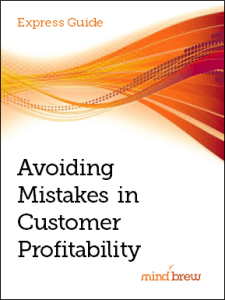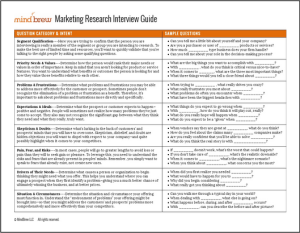It’s a scenario that plays out every day in B2B firms across the country: A salesperson walks into the pricing manager’s office and explains that a certain prospect needs a significantly reduced price.
The pricing manager says no.
“But consider their potential lifetime value,” the salesperson whines. “They buy three million widgets a year. If we can give them a good deal now, they’ll buy all those widgets from us!”
The problem, of course, is that there’s no guarantee that this new customer will stick around long enough to live up to their lifetime value (LTV) potential. In fact, the opposite is more likely true—if it takes a low price in order to convince them to buy your product, they’ll likely defect to any competitor that offers an even lower price. And you certainly aren’t going to be able to charge them higher prices later on.
This argument in favor of using potential LTV to guide price decision-making is a trap. It gives the salespeople the ability to close deals and increase their commissions, but at the cost of falling revenues and margins.
So does that mean the pricing team should never consider LTV?
Au contraire. LTV is a hugely important metric—just not one that should guide initial pricing offers for new customers.
We recommend that B2B firms use LTV calculations in two very specific ways.
First, you can use actual LTV numbers to help guide pricing decisions for existing customers. For example, if you have a customer who has been with your firm for ten years, you know exactly how much that customer is worth to you on an annual basis. If that customer is experiencing a change in their own market conditions that has led them to request a discount, it very well might be worthwhile to lower your price. And that long-term customer is far more likely to reward your price concessions with loyalty.
The key point here is that you can do the math to figure out for sure if the discount will be worth the potential risk or not. That’s because you are using actual LTV calculations—not potential LTV numbers that may or may not coincide with reality.
Second, you should absolutely use LTV to guide segmentation and targeting decisions. If your analysis shows, for example, that credit unions in the Midwest with fewer than fifty employees have a higher LTV than any other customer segment, you should share that information with sales so that they can go after more of those kinds of customers.
However, that doesn’t mean that you should offer those small credit unions a lower price in order to get their business. After all, that would lower their LTV, which was the entire point of going after them in the first place.
This potential LTV trap is just one of the potential minefields that pricing practitioners must navigate on a daily basis. Check out Avoiding Mistakes in Customer Profitability Management for more tips on maximizing the profit potential for each customer in your book of business.














